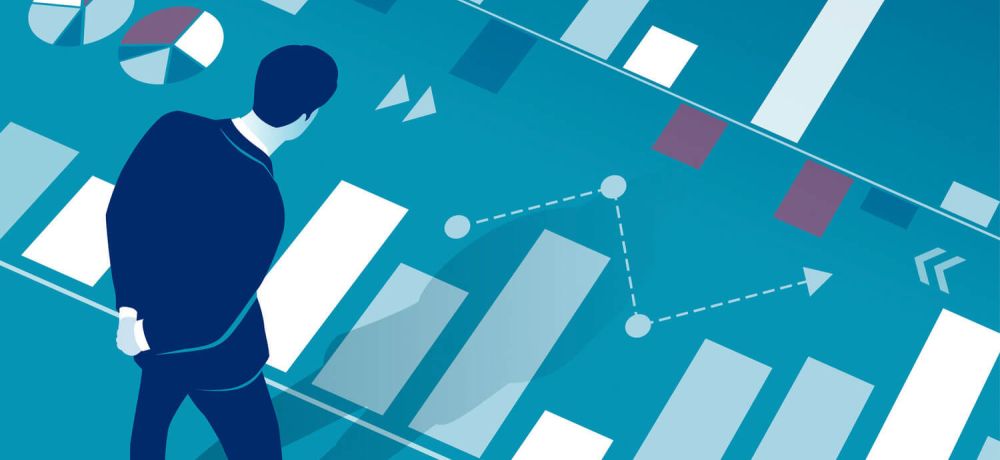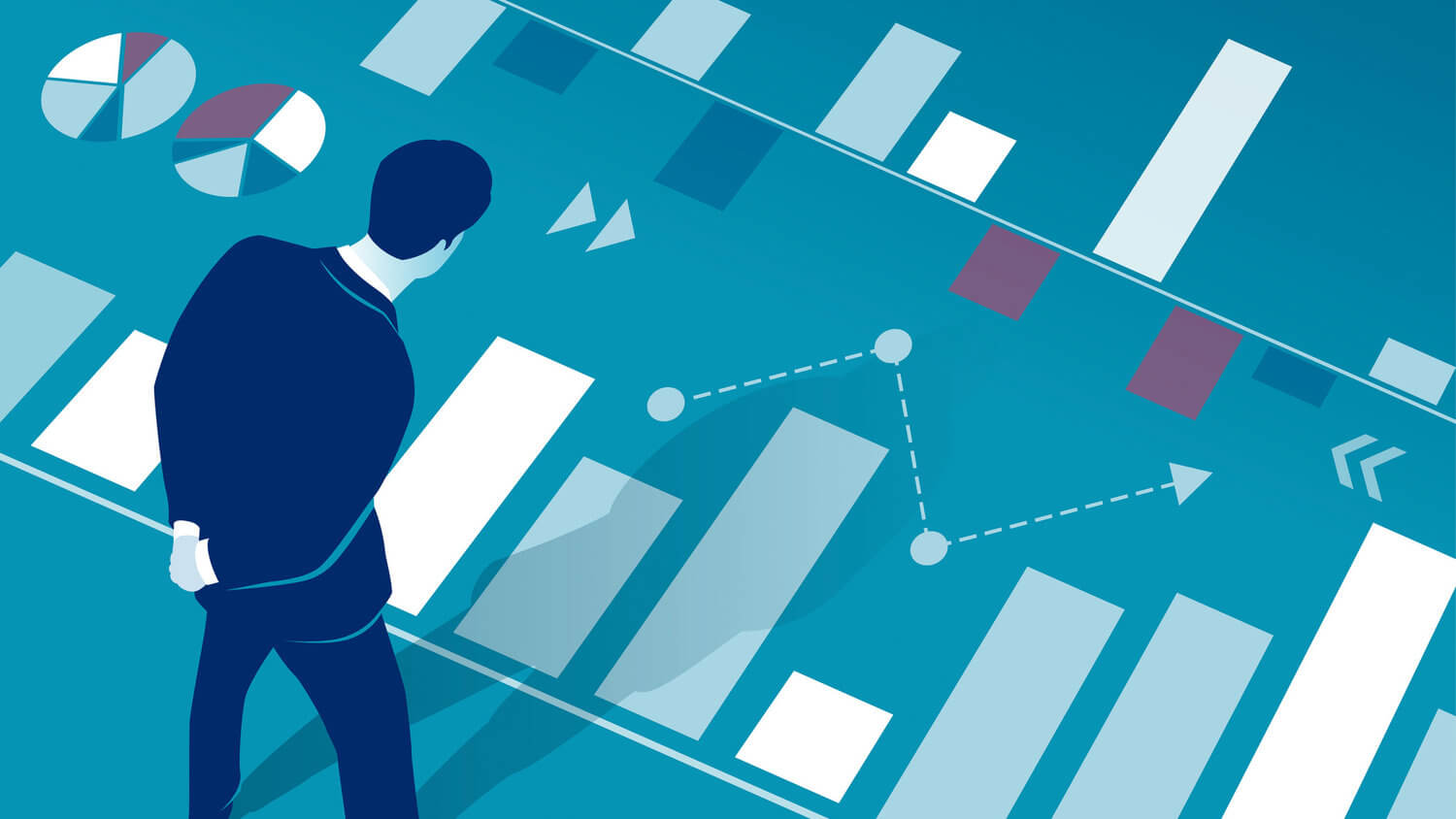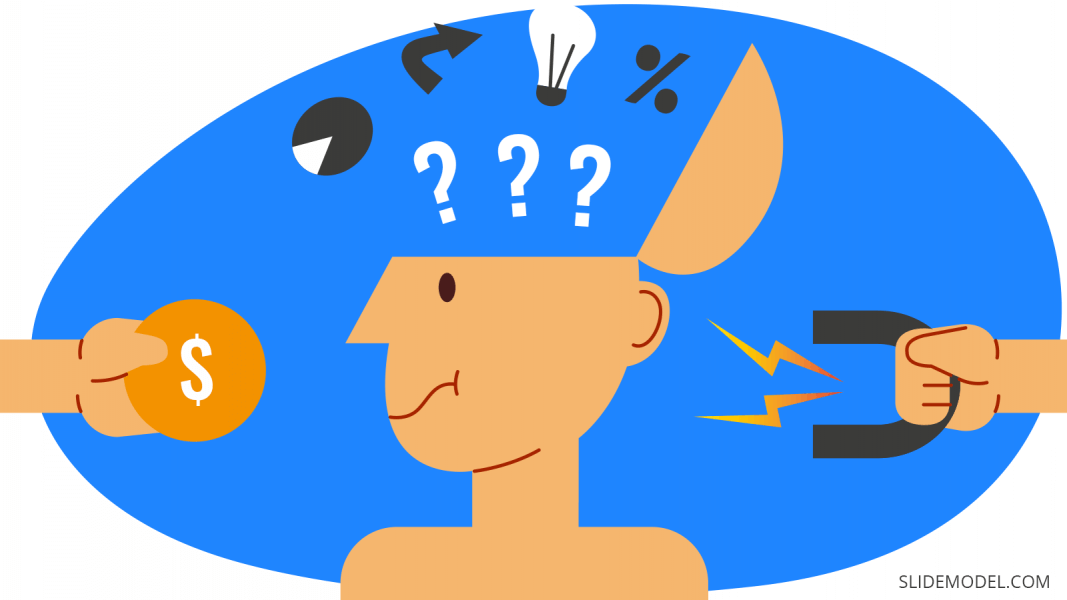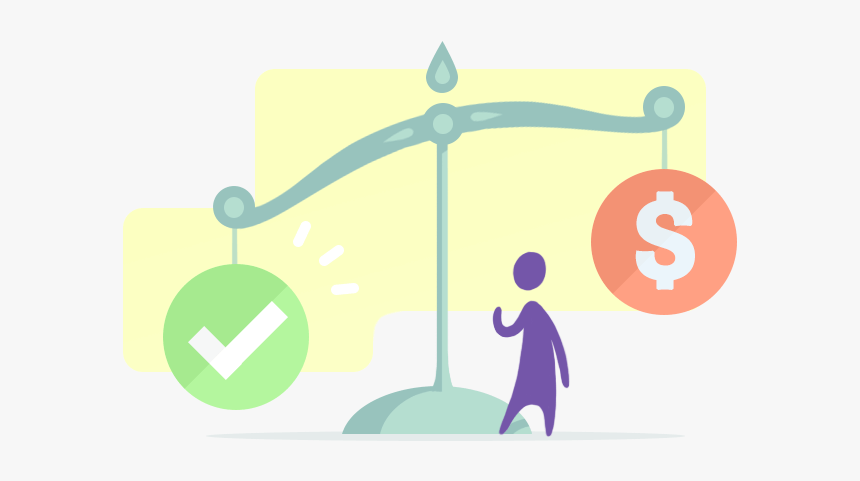
Homo Economicus or Behavioral Economics
The Limited Importance of Economics
There is no doubt about the importance of economics for many parts of our society. It can help improve living standards and make a better society. At a basic level, economics attempts to explain how and why we make the choices we do. Four key concepts: scarcity, supply and demand, costs and benefits, and incentive can help explain many decisions that humans make. They are rooted in the history of economic thinking.
As the world emerges from a corona crisis, the argument over the sources of decline and recovery will reignite a debate among followers of the established economic theories: classical, neoclassical, Keynesian, and Marxian. Are they the only ones that drive our behavior? This article is about a new contender that has been evolving rapidly for the last 30 years: behavioral economics.

1929 Crisis and Beyond
This is an important and recurring discussion as after 1929 when the Great Depression hit economies and destroyed jobs. A doubt was cast over the classical economic theory according to which the government should not intervene in the economy. This 1929 crisis brought deflation, bankruptcies and massive unemployment with businesses shutting down. Since the 1930s, four macroeconomic theories have been proposed: Keynesian economics, monetarism, the new classical economics, and supply-side economics. All these theories are based, in varying degrees, on classical economics before the advent of Keynesian economics in the 1930s. They are still based on rational behavior and theoretical models.
The Dismal Science
With An inquiry into the wealth of nations published in 1776, Adam Smith installed himself as the leading thinker on economic thought. From that day on, standard economic theory forces us to think of economics solely in terms of seeking profit, which refers to maximizing an individual’s advantage. Sometimes economics is called the dismal science, a description coined by Thomas Carlyle, who was inspired by T. R. Malthus’s (1798) whose gloomy prediction that population would always grow faster than food, dooming mankind to unending poverty and hardship still pops up every once and a while. Economics is sometimes like science in a way that it can be used to improve living standards and but also to make things worse. That partly depends on the priorities of society and what we consider most important. Currents of Adam Smith run through the works published by David Ricardo, Karl Marx in the 19th century and by John Maynard Keynes and Milton Friedman in the 20th century.
Neo Classical Economics
Neo-classical economics has built equilibrium models that have increasingly become divorced from the lives of real people and businesses. Consumers and businesses are both assumed to act rationally, consumers optimize their purchasing power by equating the marginal utility per pound spent. Producers seek to maximize profits in both product and labour markets. Formulating precise economic laws regarding production and consumption through the calculation of cost and benefit at the margin where that preciseness doesn’t exist has been the dominant force in economic thinking and policy-making for many years.
The Human Brain
Critics of neoclassical axioms argued that the human brain is unable to evaluate all possible choices, to bring them in a transitive order and evaluate the consequences.
Neo-classical economics believes in the concept of equilibrium and the power of market forces to achieve an efficient allocation of resources. If there are instances of partial and complete market failure, neo-classical favors the usefulness of conventional interventions such as taxation and subsidy to change incentives and does this by altering relative prices and thus altering behavior to help align social cost and benefits. But do these interventions really align with what we now know from human behavior? Especially considering that there are assumptions that the neoclassical model of behavior is built on:
- Agents choose independently,
- An agent has fixed tastes and preferences,
- Agents gather complete information on alternatives choices,
- Agents always make optimal choices given his/her preferences.

Information Failure
The critique of neo-classical economics came from economists who questioned if complete information really existed or was even really possible. Akerlof and Stiglitz showed that people suffer from information failure, that there are many information asymmetries and this can lead to sub-optimal decisions (aka market failure). In their work people were still assumed to make the ‘best’ choice given the information that they have. The work of Stiglitz and Akerlof extended the realism of conventional theory and has been widely absorbed into mainstream economics. Focused on policies designed to change the information available to consumers with the government trying to change consumption of merit and demerit goods. But the important element of human behavior is still lacking.
Rational Man
In an ideal world, our decisions would be based on a careful weighing of costs and benefits and informed by existing preferences. Then we can make optimal decisions. In the 1976 book The Economic Approach to Human Behavior, the economist Gary S. Becker famously outlined a number of ideas known as the pillars of so-called ‘rational choice’ theory. The theory assumes that human actors have stable preferences and engage in maximizing behavior. Becker, who applied rational choice theory to domains ranging from crime to marriage. He believed that academic disciplines such as sociology could learn from the ‘rational man’ assumption advocated by neoclassical economists since the late 19th century. The decade of the 1970switnessed the beginnings of the opposite flow of thinking, as discussed in the next section. While economic rationality influenced other fields in the social sciences from inside out, psychologists offered an outside-in reality check to prevailing economic thinking.
Behavioral Economics
All economic behavior involves decision-making by individuals, and traditional theories of economic behavior assume that economic agents apply rational thought to each and every decision to achieve the maximization of personal benefits or maximization of profits. Behavioral economics wants to understand the effect of psychological processes, including biases, emotions, norms, and habits on individual decision-making in a variety of economic contexts. Behavioral economics, producing important insights and regularities, is far from a unified theoretical model and assumes that people are bounded rational actors with a limited ability to process information. Critiques of behavioral economics come from neoclassical economists and from psychologists who see the approach as excessively output-oriented and guilty of applying the “as-if” assumption.
Bounded Rationality
Herbert Simon’s paper published in 1955 further questioned neo-classical economics with his concept of bounded rationality. People have limited attention spans and computational capacity. People have limited information and lack the computational capacity to evaluate all their alternatives and the consequences. Most consumers and businesses are unable to make fully informed judgements when making decisions and the increasing complexity makes life difficult. The latter increased by digital transformation and social media.
Rules of Thumb or Heuristics and Guesswork
Bounded rationality means that consumers and businesses will opt to satisfice rather than maximize. They will use rules of thumb or heuristics and guesswork when acting across different markets. Behavioral economists point out that bounded rationality is not the same as irrationality, because decision makers are still attempting to make as rational a decision as possible. Rationality is bounded and humans may try to achieve aspiration levels – satisfying — rather than aiming for the maximum.
Information Avoidance or the Ostrich Effect
While a great deal of research has been devoted to exploring how available information affects the quality and outcomes of decisions, a newer strand of research has also explored situations where people avoid information altogether. Information avoidance in behavioral economics happens in such a way that people choose not to obtain knowledge that is freely available. Active information avoidance includes physical avoidance, inattention, the biased interpretation of information and even some forms of forgetting. In behavioral finance, for example, research has shown that investors are less likely to check their portfolio online when the stock market is down than when it is up, which is called the Ostrich Effect. While information avoidance is sometimes strategic, it can have immediate hedonic benefits for people if it prevents the negative, often psychological, consequences of knowing the information. It usually carries negative utility in the long term, because it deprives people of potentially useful information for decision making and feedback for future behavior. Information avoidance can contribute to a polarization of political opinions and media bias.
Beyond Rationality or No Ideal World
Most of us know that there is no such thing as an ideal world. Research has proved what was common knowledge for centuries. A lot in the economy depends on how people behave and that behavior is often strikingly at odds with theories and predictions of standard economic theory and its models. Contrary to the homo economicus view of human motivation and decision making, behavioral economics does not assume that humans make choices in isolation, or to serve their own interest. Aside from cognitive and affective dimensions, an important area of BE also considers social forces, in that decisions are made by individuals who are shaped and embedded in social environments.
Amos Tversky and Daniel Kahneman
The disagreement is not over what the economic facts are, but over the operating assumptions about human behavior which are used to interpret economic facts. Amos Tversky and Daniel Kahneman published a number of papers that appeared to undermine ideas about human nature held by mainstream economics. They show that decisions are not always optimal. In behavioral models:
- People have limited computational capacity – they aim to satisfy rather than maximize.
- They are strongly influenced by social networks (where copying behavior is common) and by prevailing social norms.
- They often act reciprocally by making kind and generous gestures.
- They lack self-control and tend to be present-biased (for example by heavily discounting future benefits in favor of now).
- They are loss averse – hating losses far more than equivalent gains.
- Their behavior is strongly attached to existing default choices.
- They are influenced to an extent by persistent cognitive biases, a systematic deviation from what is believed to be rational choice.
Richard Thaler
The economist Richard Thaler, a keen observer of human behavior and founder of behavioral economics, was inspired by Kahneman & Tversky’s work. According to him people think of value in relative rather than absolute terms. Systematic deviations from rationality are observed to challenge many of the assumptions of conventional thinking. He has popularized the concept of nudges and argued that “the real point of behavioral economics is to highlight behaviors that are in conflict with the standard rational model. His approach brought scientific insights into the world of business and management and they are challenging classical economics in the workplace, the marketplace and top management.
Living in the Moment
Behavioral economics uses psychological experimentation to develop theories about human decision making and has identified a range of biases by looking at how people think and feel. Behavioral economics is trying to change the way traditionally trained economists think about people’s perceptions of value and expressed preferences. According to Behavioral economics, people are not always self-interested, benefits maximizing, and costs minimizing individuals with stable preferences—our thinking is subject to insufficient knowledge, feedback, and processing capability, which often involves uncertainty and is affected by the context in which we make decisions. Most of our choices are not the result of careful deliberation. We are influenced by readily available information in memory, automatically generated affect, and salient information in the environment. We also live in the moment, in that we tend to resist change, are poor predictors of future behavior, subject to distorted memory, and affected by physiological and emotional states. Finally, we are social animals with social preferences, such as those expressed in trust, reciprocity and fairness; we are susceptible to social norms and a need for self-consistency.

Incentives and Cognitive Overload
Incentives still matter but behavioral economics suggests that our motivations when making choices are not those that are taught in orthodox economics. Cognitive overload is common when we are faced with a huge array of choices and people frequently fall back on simple heuristics in these situations. When it comes to addressing persistent economic and social problems, such as gambling addiction, rising obesity, anti-social behavior and the causes of instability in financial markets, behavioral ideas have plenty of validity and indeed there is plenty of room to move when we are faced with problems such as change management and digital transformation. In our complex world, where uncertainty is the new normal, we cannot use a ‘one size fits all’ model for understanding the economy.
Neuro-economics
Economist Paul Ormerod has argued, “An economist can no longer be said to have a good training in economics if he or she is not familiar with the main themes of behavioral economics.” In a modern networked economy dominated by knowledge, information services and digital transformation where networks are vitally important, it is better to use and implement ideas drawn from behavioral economics. It is exactly here that we need to look at how behavior and expected behavior align or not align. It is here that we are up against resistance when we work with customers or in approaching prospects. Our science-backed methodology can take on vested interests or build bridges where they are needed. We should also draw on new ideas from other subjects. For example, we are gaining more expertise in understanding neuro-economics – how our brain processes decisions and the limitations that our neural systems impose on our choices.
If you want to learn more about behavioral insights, read our blog or watch 100+ videos on our YouTube channel!
About Neurofied
Neurofied is a behavioral science company specialized in training, consulting, and change management. We help organizations drive evidence-based and human-centric change with insights and interventions from behavioral psychology and neuroscience. Consider us your behavioral business partner who helps you build behavioral change capabilities internally.
Since 2018, we have trained thousands of professionals and worked with over 100 management, HR, growth, and innovation teams of organizations such as Johnson & Johnson, KPMG, Deloitte, Novo Nordisk, ABN AMRO, and the Dutch government. We are also frequent speakers at universities and conferences.
Our mission is to democratize the value of behavioral science for teams and organizations. If you see any opportunities to collaborate, please contact us here.